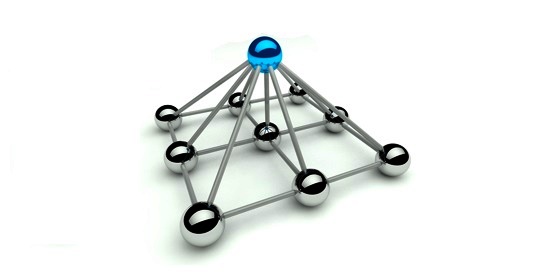
Digital technology is penetrating the labor force, but, although many consumers have already gone digital, the digitization of jobs, tasks and activities, is still in the early stages. According to a recent study by McKinsey Global Institute (MGI), even those companies that are at the forefront of digital investments and usage, haven’t already designed a completely digital-enabled workforce.
Anyway, the coming digitization of the workforce is arriving, and in the near future, together with a powerful widespread automation, what is foreseen is a complete rethinking of organizational structures, together with coordination, collaboration and measurement of the workforce performance.
Cross-functional collaboration should be promoted, as today interactions, with customers, between functions, across teams and business units, are too slow. Instead, in many companies, ownership of processes and information is still very fragmented and zealously guarded: roles are designed around parochial requirements, silos continue to obstruct joint action among functions, and the resulting complexity in the internal organization hinders the needed cross-business collaboration[1] .
A New Approach is required
What is needed today is to regularly monitor communication flows in the organization, using a method that is objective, data-driven, and quick. Small changes in how employees communicate with their management and between themselves can be a good indication of improved collaboration.
Look at the image below, which was produced using HOW-4. The straight line are existing hierarchy relationships: instead, the dotted lines are the missing connections.
The figure present a typical situation in which the Management has been clearly stuck in an ivory tower. Messages are not communicated to the different teams and locations. Information flows from one unit to another is practically nonexistent (though it was desired by the managers and employees alike). Looking at this visualization, the problem, as well the possible solutions, are clear.
Initiatives to make management more accessible should be launched.
Communication between the different locations should be fostered and encouraged by management.
A crucial part of the process is being able to monitor the success of these initiatives over time. HOW-4 organizational Maps provide the management the ability to identify misalignment within the organization, fix broken processes or implement new ones with as little friction as possible. In that way, it is possible to run the analysis periodically, with minimum impact over employees, showing dynamically the changes of the structure and of the information flows featured by the organization.
By Fabio Fedel,
Managing Partner HOW-4

